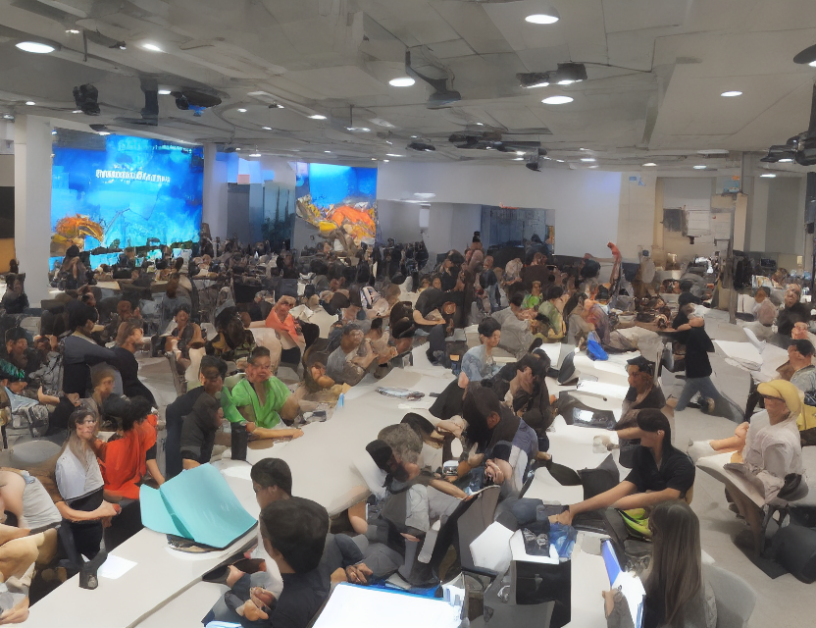In this article, the authors propose a novel approach to automatically discover important contexts and causal relationships within group activities in smart spaces. They use a technique called TF-IDF (Term Frequency-Inverse Document Frequency) to calculate the importance of each context within each group activity based on how often certain words or phrases appear in relation to that context.
Think of it like a recipe book for your smart space. Imagine you have a collection of recipes, each one representing a different activity or task that can be performed in your home. These recipes are like the contexts in our smart space, and they contain ingredients (words or phrases) that tell us how to perform the activity. By analyzing the frequency of these ingredients within each recipe, we can determine which ones are most important and relevant to that particular activity.
The authors’ approach is designed to overcome a common problem in smart spaces where there may not always be an administrator available to provide context and causality information. By using TF-IDF, they can automatically identify the most important contexts within each group activity without relying on explicit input from an administrator. This makes it easier for users to perform activities in their smart space with greater accuracy and efficiency.
In summary, this article presents a novel approach to automatically discovering important contexts and causal relationships within group activities in smart spaces using TF-IDF. By leveraging this technique, users can enjoy a more seamless and intuitive experience when interacting with their smart space.
Computer Science, Machine Learning
Automated Group Activity Recognition with Emphasis on Context-Aware Filtering



